Food in the City Report: Environmental, Economic, & Cultural Aspects
VerifiedAdded on 2021/04/21
|5
|808
|445
Report
AI Summary
This report provides a comprehensive analysis of beef production, examining its environmental impact, government regulations, cultural significance, and economic aspects. It explores the negative environmental consequences of beef production, including pollution and greenhouse gas emissions, and discusses the role of government regulations in shaping the industry. The report also highlights the cultural importance of beef in various societies and delves into the economics of beef production, including profitability, production locations, ethical considerations, and the impact of technology. The report references key studies and provides a well-rounded overview of the multifaceted influences surrounding beef production.
1 out of 5
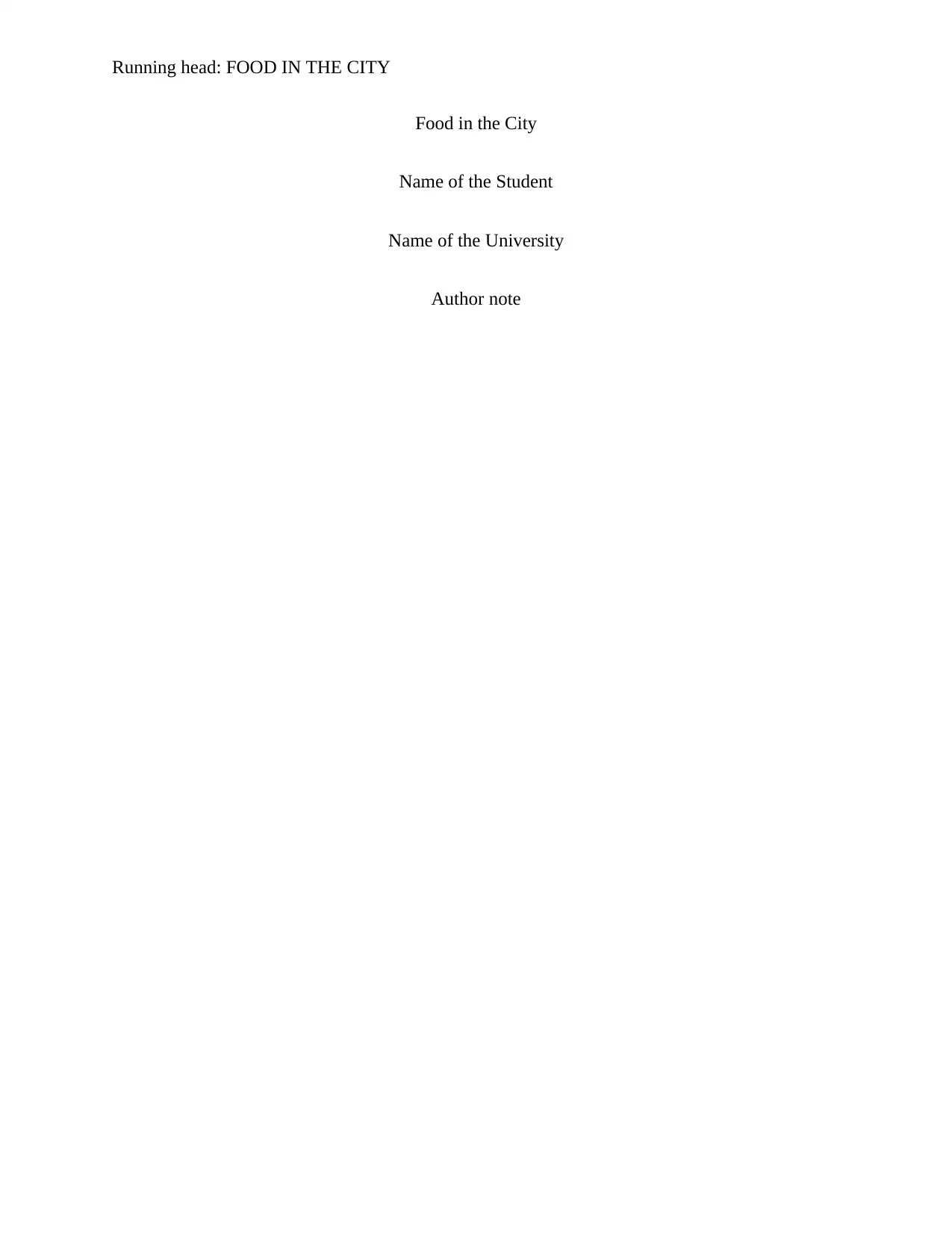
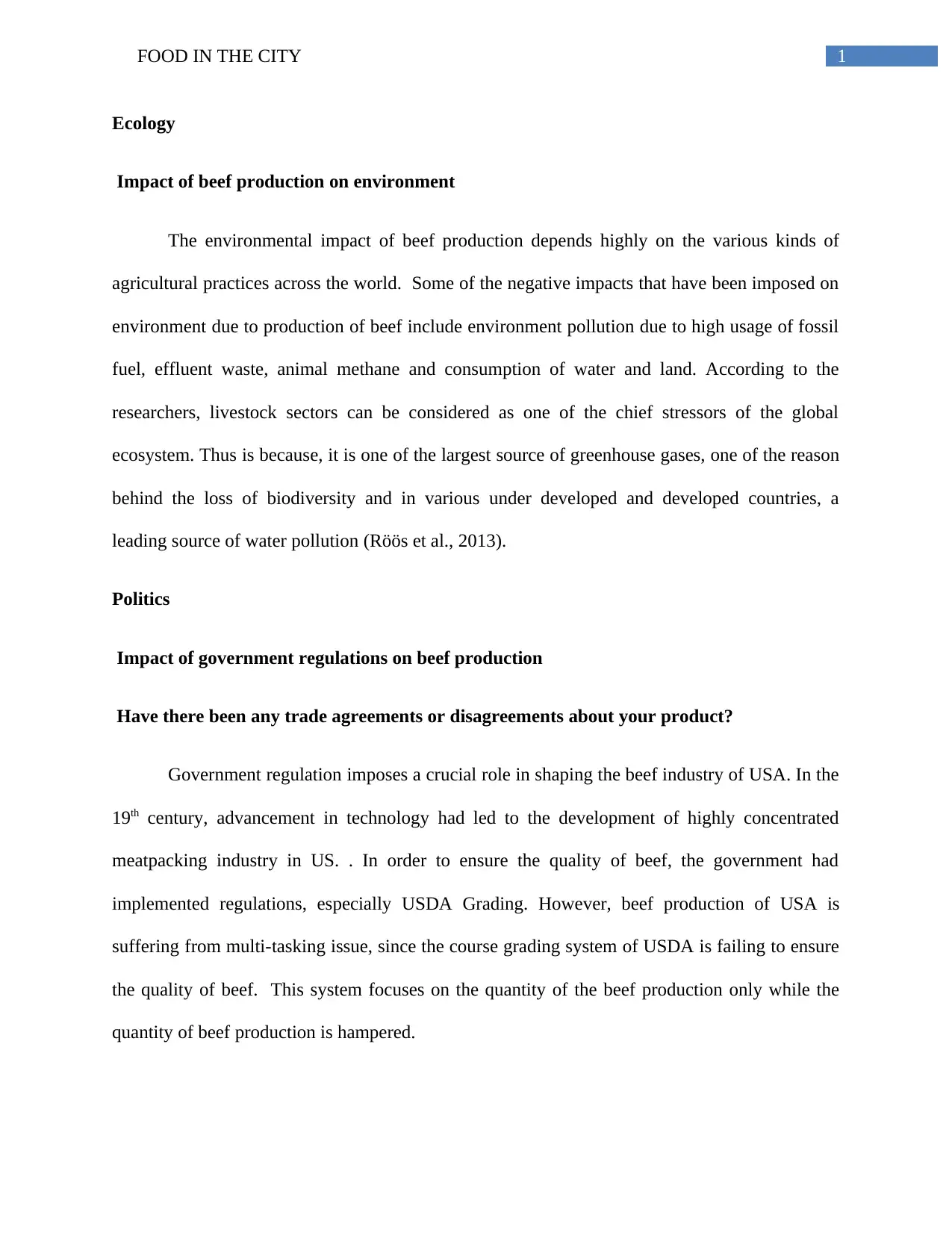
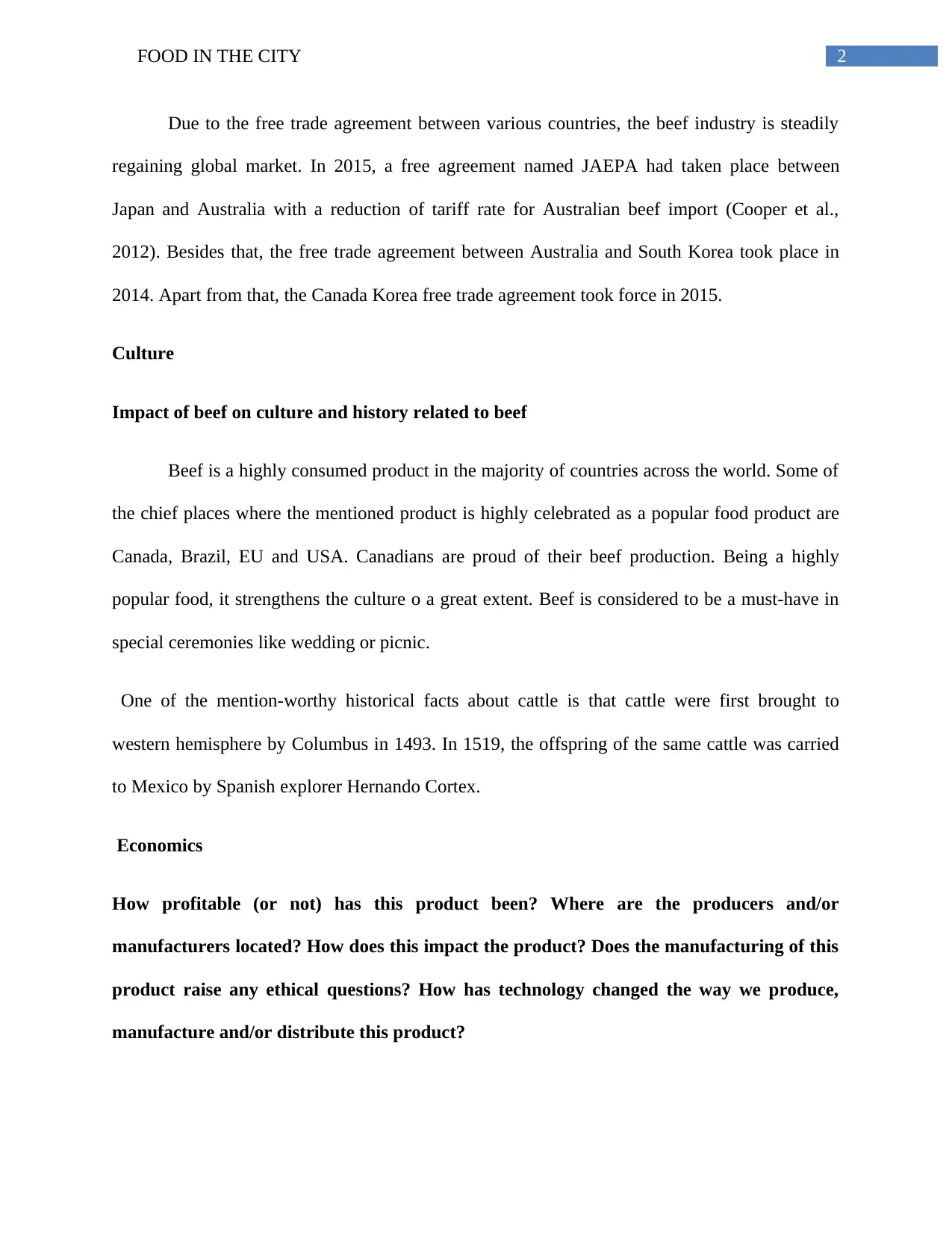

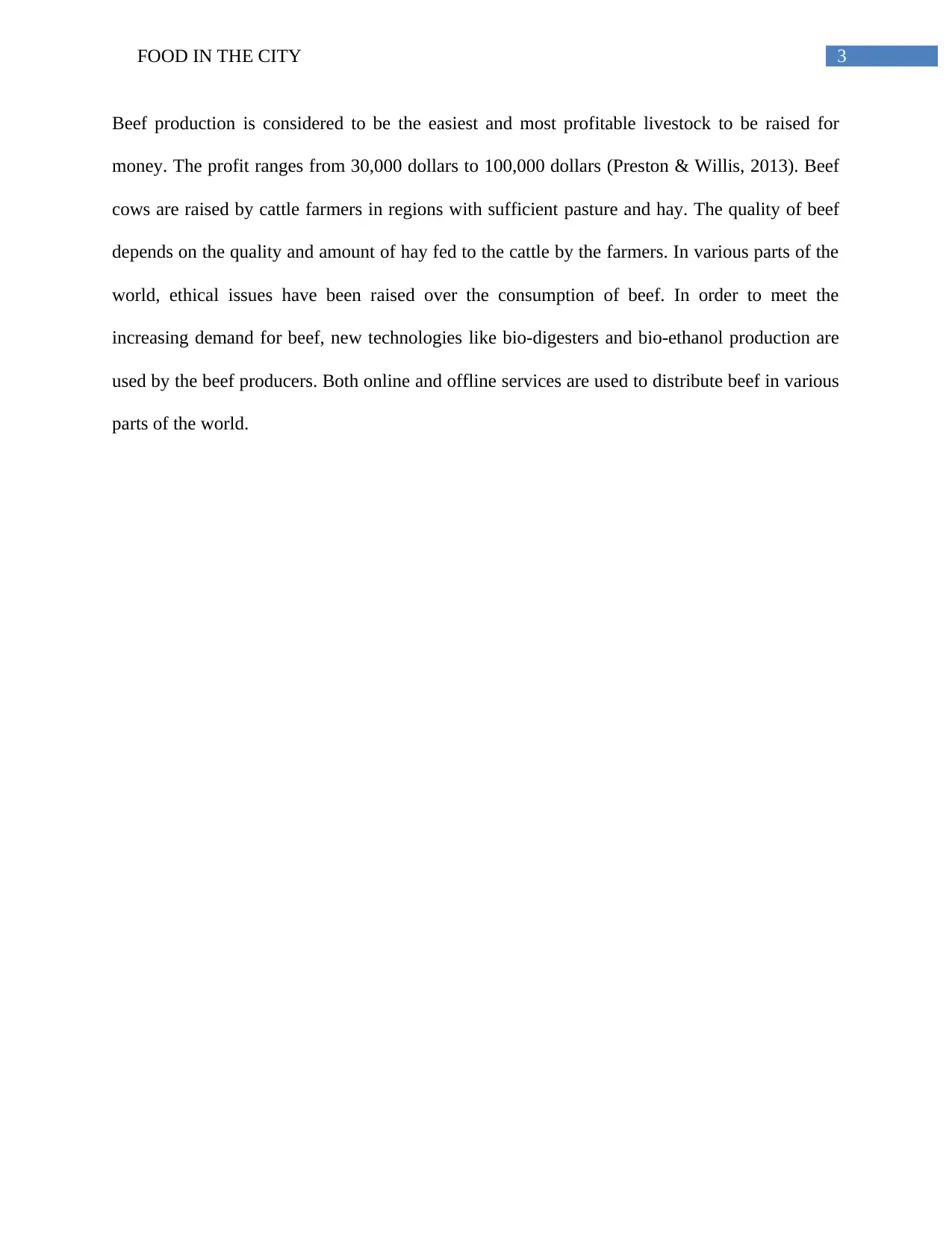
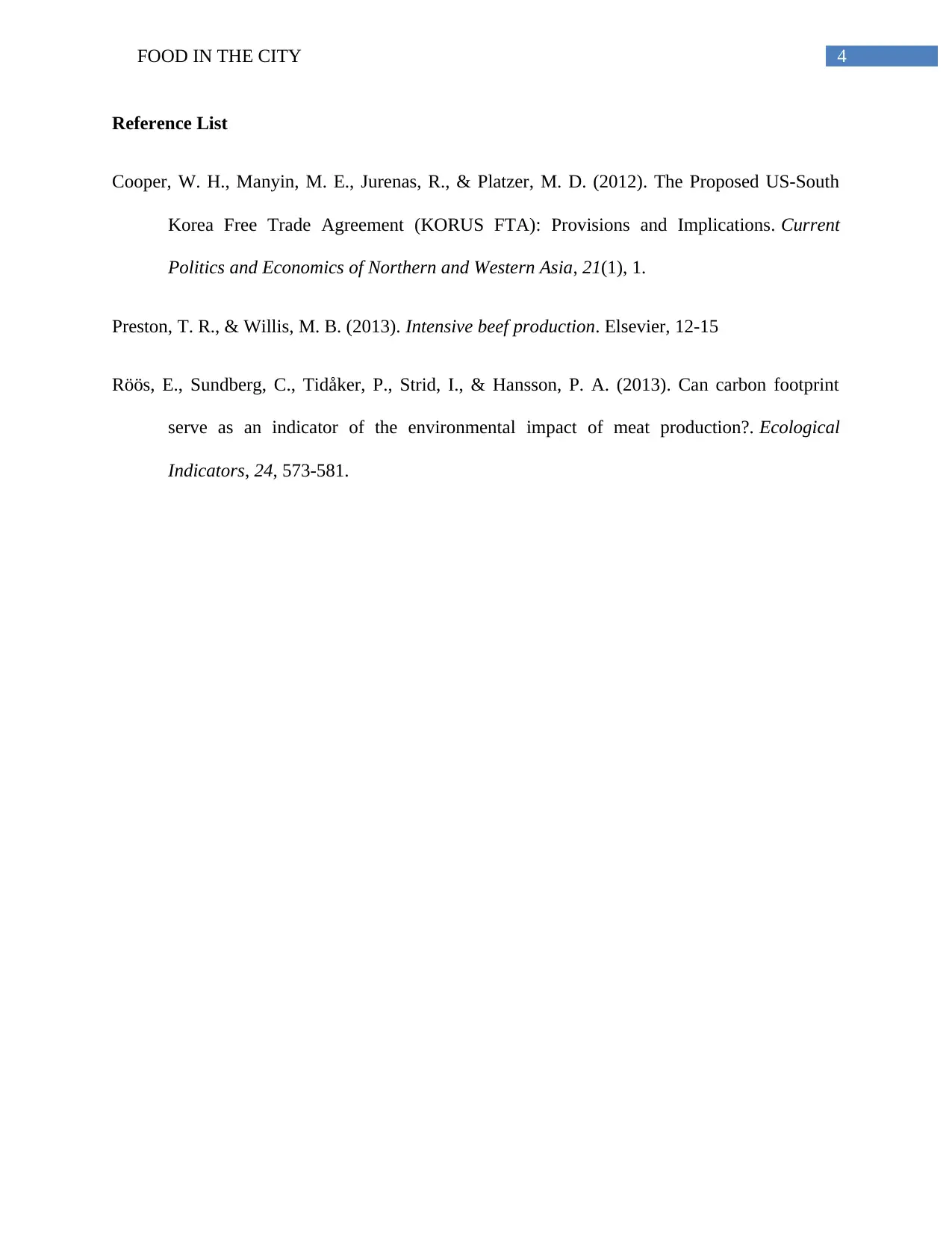
![[object Object]](/_next/static/media/star-bottom.7253800d.svg)